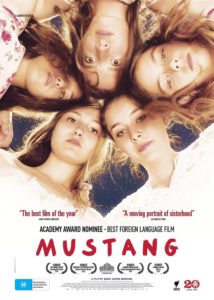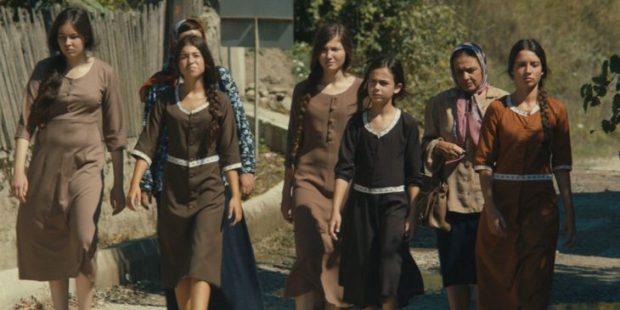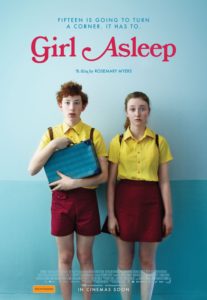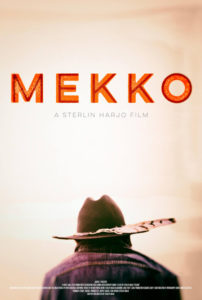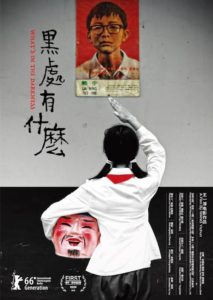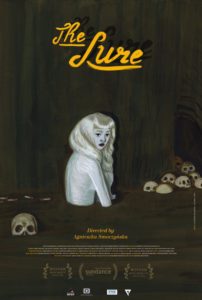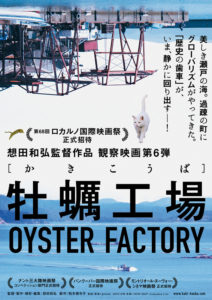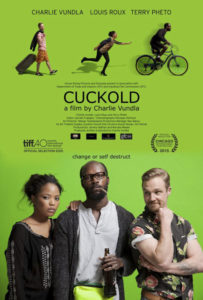 A taut journalistic procedural, shining a light on a troubling part of US-Danish relations.
A taut journalistic procedural, shining a light on a troubling part of US-Danish relations.
In 1968, a US B-52 bomber carrying hydrogen bombs crashed at the Thule Air Base in the Danish territory of Greenland. While the majority of the crew members ejected safely, the conventional weapons aboard exploded, causing the radioactive materials to leak and cause contamination. However, with the government claiming nothing was wrong with the area, hundreds of workers were sent in as the clean-up crew. THE IDEALIST (IDEALISTEN) picks up 18 years later, with radio journalist Poul Brink (Peter Plaugborg) uncovering some suspicious circumstances that connect to the accident.
Like the journalistic films that have come before it, including last year’s Oscar winning Spotlight or the classic All the President’s Men, THE IDEALIST is a hard-hitting investigatory drama that rarely lets up for the duration. Brink is the kind of journalist who is like a dog with a bone, and in the tradition of those earlier films, the issue becomes rapidly personal for him. The one-man Woodward and Bernstein soon faces veiled threats from government officials, as the procedural drama ticks off documents, interviews and survivor testimony. For what ultimately comes down to a war of words over redacted memos, it’s a taut thriller that is heavily accusatory of both the US and Denmark’s governments.
Despite dealing with a nuclear disaster, and frequently showing footage of bombs going off as interstitials, the film slowly built to its ultimate climax. Using a combination of original and archival footage, THE IDEALIST plays like a docudrama, except the vintage footage is used as punctuation to underline the drama. Constant threat created throughout, thanks to shadowy appearances of figures while Poul is jogging or at home with his wife and child, not to mention the notion that there is possibly an actual hydrogen bomb (or at least part of one) laying at the bottom of the ocean near Greenland. A droning and atmospheric score is provided by Jonas Struck, having previously done so for a Danish documentary The Newsroom: Off the Record (in that instance, following a tabloid newspaper), and this only adds to the dramatic realism of the piece. Plaugborg’s dogged performance holds the film together, although Søren Malling (Borgen, A Royal Affair) as the head of the victims’ movement gives a transformative turn that provides much of the film’s pathos.
We may not like to think that cover-ups and government conspiracies still occur, and Denmark is certainly not the first place one thinks of when we thin of secret US deals. While THE IDEALIST may not revolutionise the genre, it is an excellent example of it, and it reminds us to always be questioning of official lines if they don’t add up. Brink died suddenly of a heart attack in 2002, and we don’t have his thoughts on this film’s accuracy. Nevertheless, the film serves as a testament to his journalistic integrity, and is a lesson mass media everywhere could learn from.
THE IDEALIST is playing at the Scandinavian Film Festival 5 July – 3 Aug around Australia. Check scandinavianfilmfestival.com.au for times.
2015 | Denmark | DIR: Christina Rosendahl | WRITERS: Lars Andersen, Simon Pasternak | CAST: Peter Plaugborg, Søren Malling, Thomas Bo Larsen, Arly Jover, Jens Albinus | DISTRIBUTOR: Madman Entertainment | RUNNING TIME: 114 minutes | RATING: ★★★★


